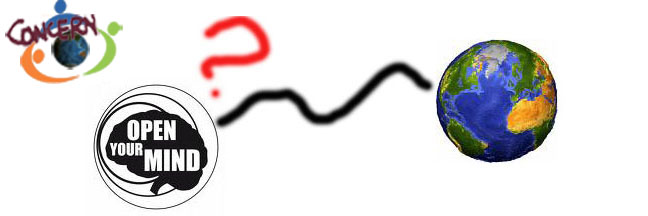
types of surface water pollution
Surface waters are the natural water resources of the Earth. They are found on the exterior of the Earth's crust and include:
Oceans
Rivers
Lakes
These waters can become polluted in a number of ways, and this is called surface water pollution.






